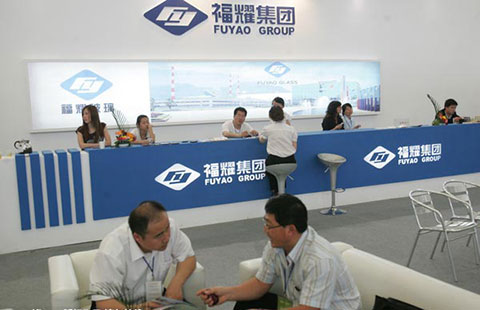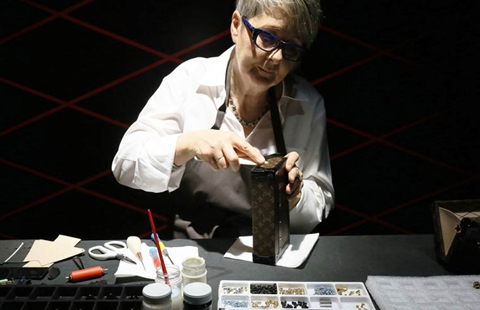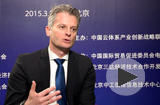Only through quality can China conquer the global market
(Xinhua) Updated: 2015-04-09 09:35BEIJING - Chinese smartphone maker Xiaomi is celebrating five years of success this week. In its home market, the company has secured a solid niche and is now extending its reach overseas.
Alibaba's voyage to success took somewhat longer. When Jack Ma went to Hannover for the CeBIT exhibition 14 years ago, few people were interested in his small e-commerce firm. A second attempt eight years ago to market goods and services in Europe also ended in failure.
Last month, Ma made a triumphant return to the world's largest high-tech trade fair with a cutting-edge facial recognition payment system developed by his company.
Chinese companies are taking their place on the global stage. Huawei provides telecommunication services in remote parts of Siberia and South American rainforests. China South Railway is making trains for South Africa.
For a long time, "Made in China" was synonymous with poor quality, low prices and fakes. Now, products and services underpinned by innovation are changing the global commercial landscape.
Brands like Alibaba, Lenovo and Huawei are increasingly recognized by consumers abroad, according to a survey on China's global image by China Foreign Languages Publishing Administration (CFLPA).
"Chinese enterprises are more aware of the need to nurture their brands as part of the 'go global' drive," said Wang Haizhong, a brand strategy researcher with Sun Yat-sen University.
The 2014 Fortune Global 500 list featured 100 Chinese companies, in contrast to 128 United States enterprises on the list.
"Chinese enterprises are hardworking, entrepreneurial, market-sensitive and capital-sufficient," said Wang.
Innovate, innovate, innovate
Late last month during a State Council executive meeting, Premier Li Keqiang called for an innovative approach to support "Made in China".
Nearly all entrepreneurs interviewed by Xinhua regard "innovation" as their core competence.
The CFLPA survey showed around 64 percent of all overseas respondents making positive comments on Chinese enterprises' ability to innovate and the ratio was even higher in developing countries.
- Booming stock market a yes vote for China economy
- China issues consecutive recall notices on BMW products
- Chinese insurance giants take first bite of US real estate
- Two millionth sale highlights BMW's sustainable growth
- CASC prepares for new mission in space
- Southbound stock quota fully utilized
- Prisons launch WeChat account for inmates' families
- Feathers set to fly in China-EU poultry dispute

















